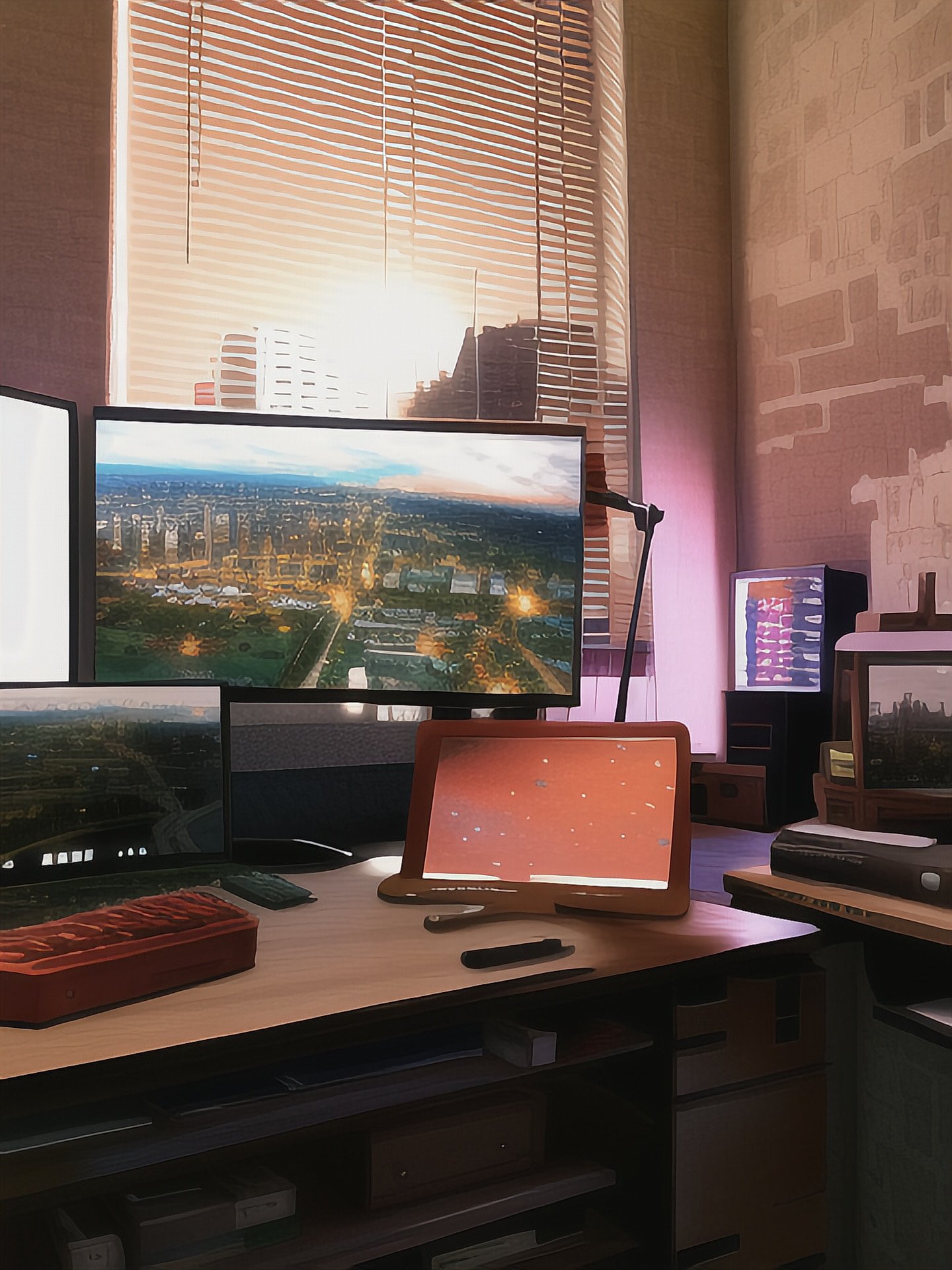Bio Computations: Redefining Human Input in Digital Systems
In the realm of digital technology, the evolution of human input methods has been a journey of continuous innovation. From the clack of typewriter keys to the gentle taps on a smartphone screen, our methods of communicating with machines have always been a reflection of our technological capabilities. Today, we stand on the brink of a new era, one that goes beyond the physical and tactile—enter the world of "bio computations."
The Evolution of Human-Digital Interaction
In the early days, interaction with computers was rigid and unforgiving, confined to keystrokes and command lines. The advent of graphical user interfaces introduced the mouse, making interaction more intuitive. The touchscreen revolution brought about a more direct form of input, aligning digital actions with human touch. However, these advancements still relied on a conscious effort to communicate with our devices.
Understanding "Bio Computations"
Now, imagine a world where our digital devices understand us just as our fellow humans do. This is where "bio computations" come into play. It's a simple yet profound idea: every human emits a plethora of biological signals, whether it's a hand gesture, the tone of voice, fluctuating heartbeats, or even the pattern of breathing. These are all forms of data, rich in information and ripe for interpretation by digital systems.
For instance, consider a fitness tracker that monitors your heart rate to suggest workout routines, or emotion recognition software in customer service bots that respond to your mood. These are the early seeds of a technology that promises to grow exponentially.
The New Era of Human-Computer Interaction (HCI)
The future of HCI lies in systems that don't just wait for our input but actively learn from it. These systems will use machine learning and artificial intelligence to understand the nuances of human behavior. Imagine a digital assistant that doesn't just respond to your commands but anticipates your needs based on your emotional state or a learning app that adapts its teaching style to your current cognitive load, measured through your eye movements.
Challenges and Opportunities
This shift isn't without its challenges. Interpreting bio-signals accurately requires sophisticated technology and a deep understanding of human biology and behavior. Privacy and security take on new dimensions when dealing with such personal data. However, the opportunities are vast. In healthcare, for example, such technology could lead to early detection of conditions through routine monitoring of physiological signals.
Building a Safe and Responsive System
As we venture into this uncharted territory, the need for ethical guidelines and user consent is paramount. Users must have control over what data is collected and how it's used. Additionally, robust security measures are necessary to protect this sensitive information.
Conclusion
The concept of bio computations opens up a world where our interactions with digital systems are as natural and effortless as breathing. It's a journey filled with immense potential, challenges, and excitement. As we embrace this new era of HCI, we look forward to more intuitive, responsive, and, most importantly, human-centric digital experiences.

